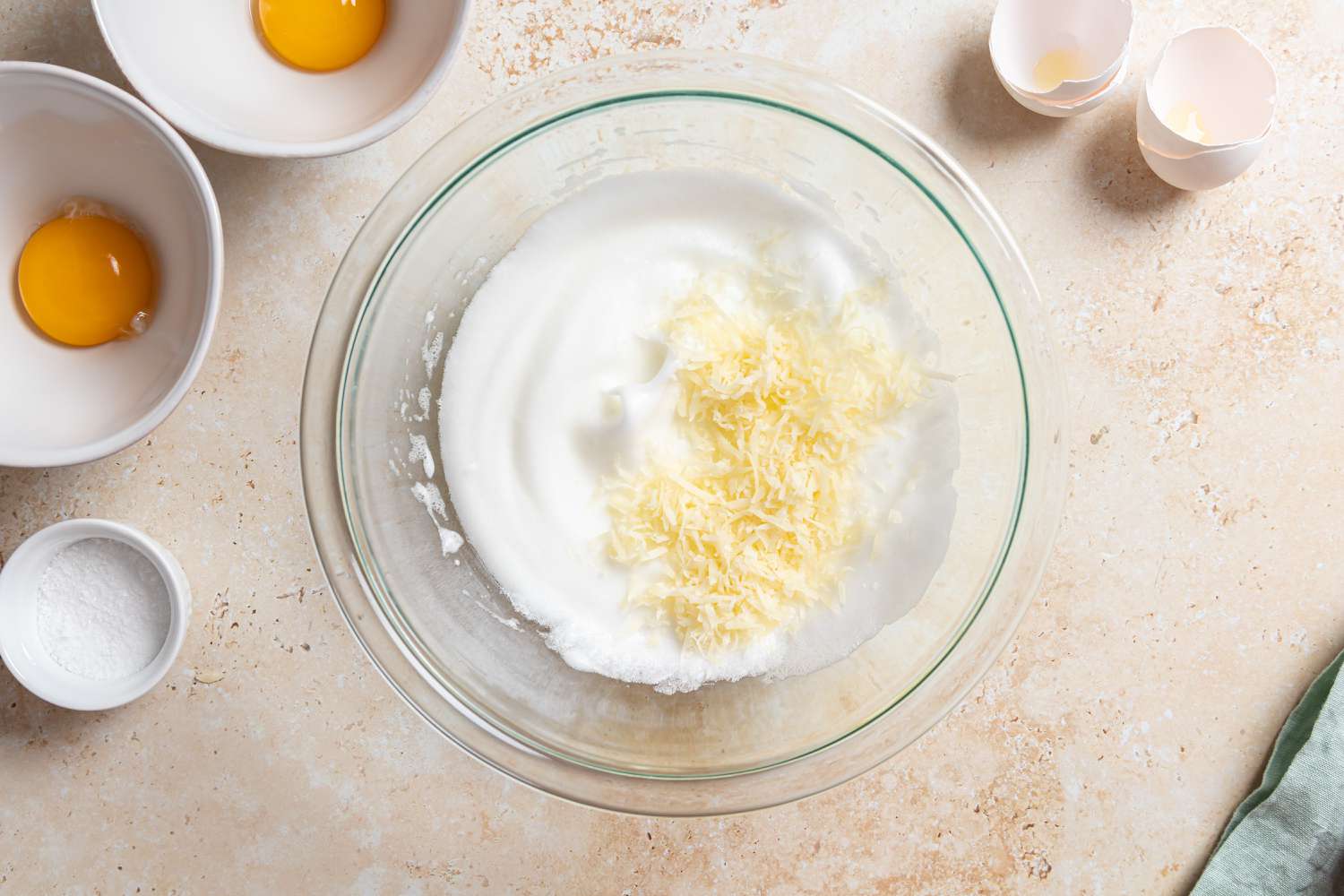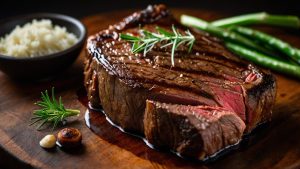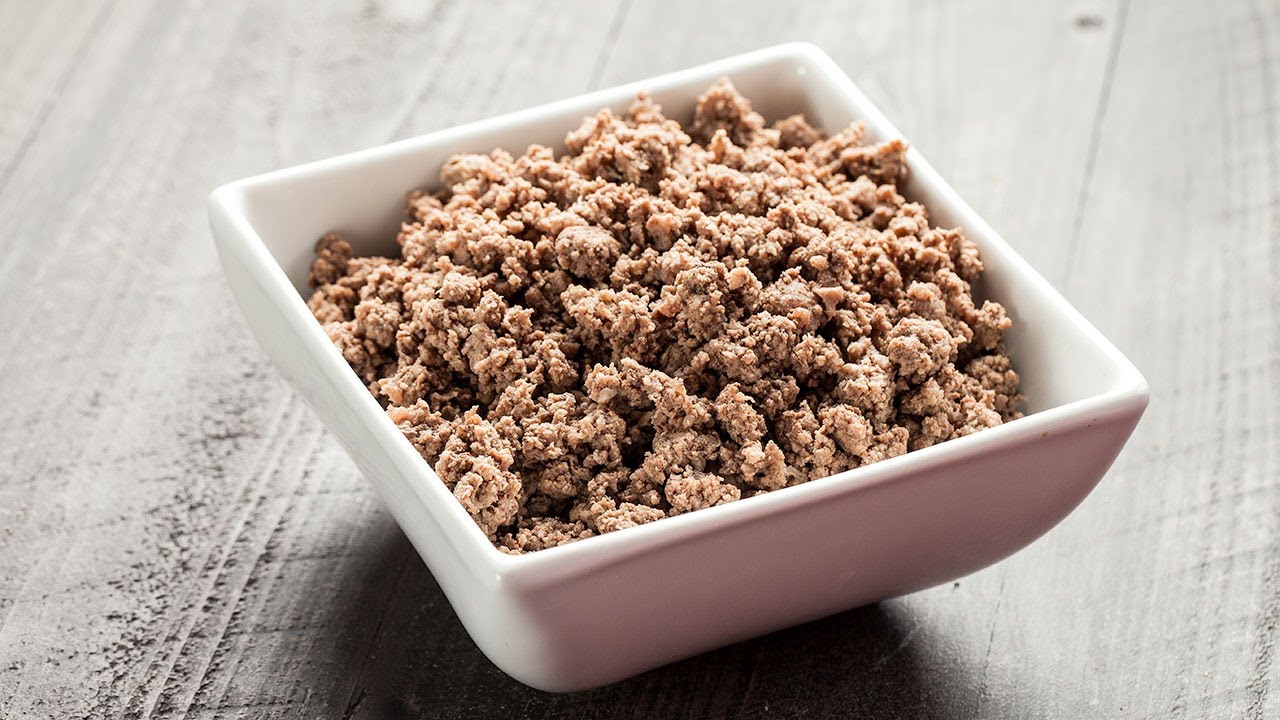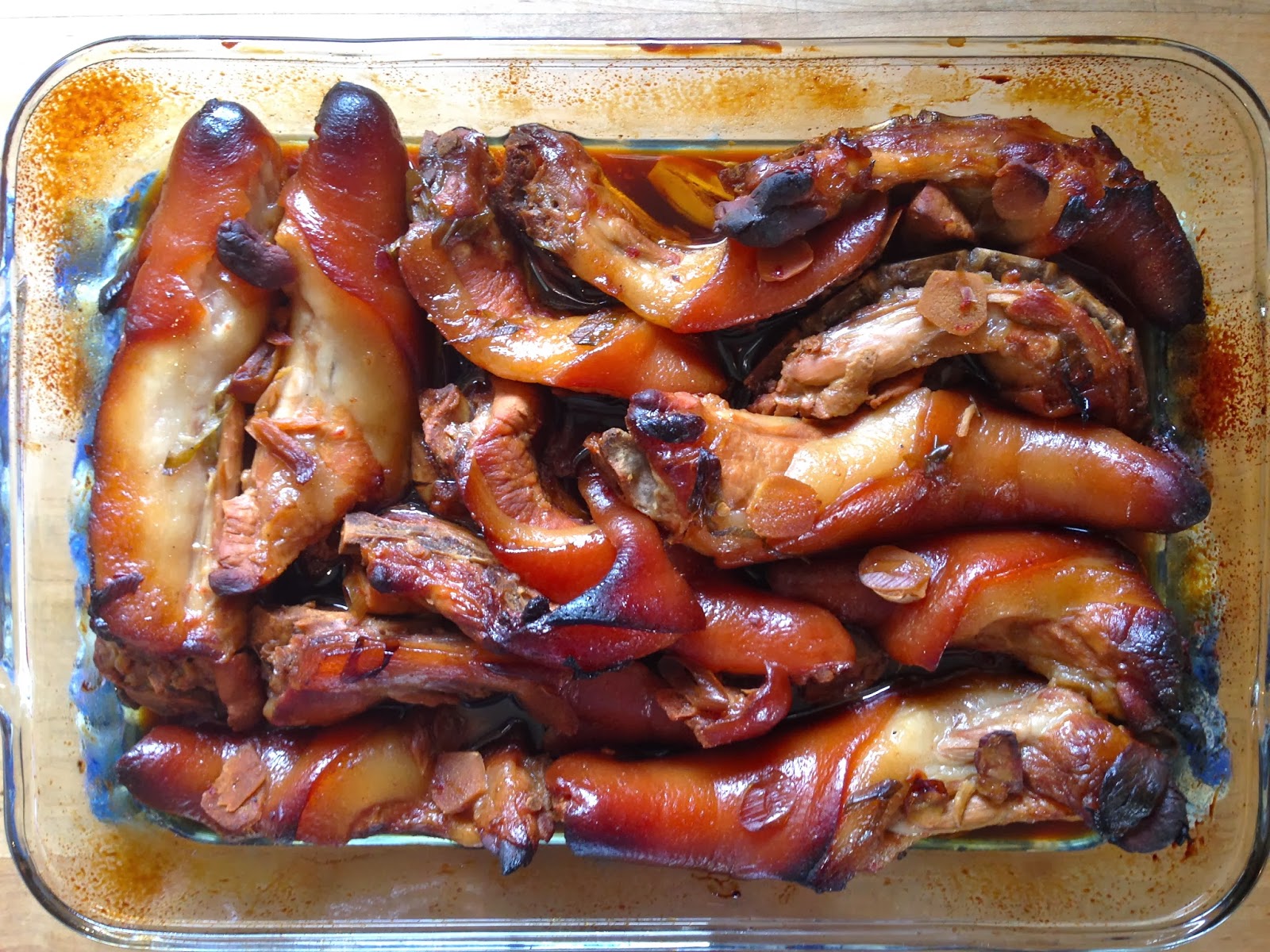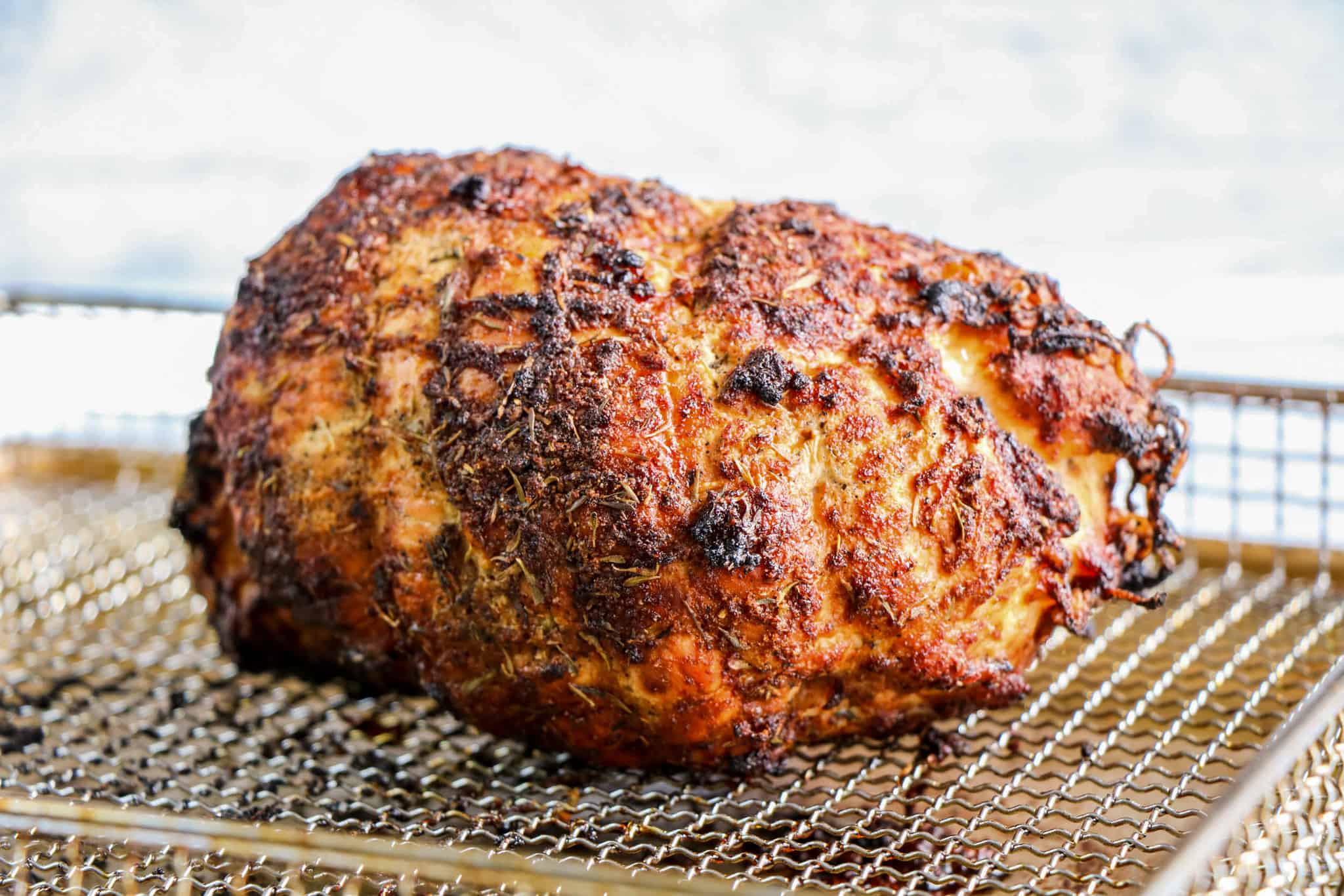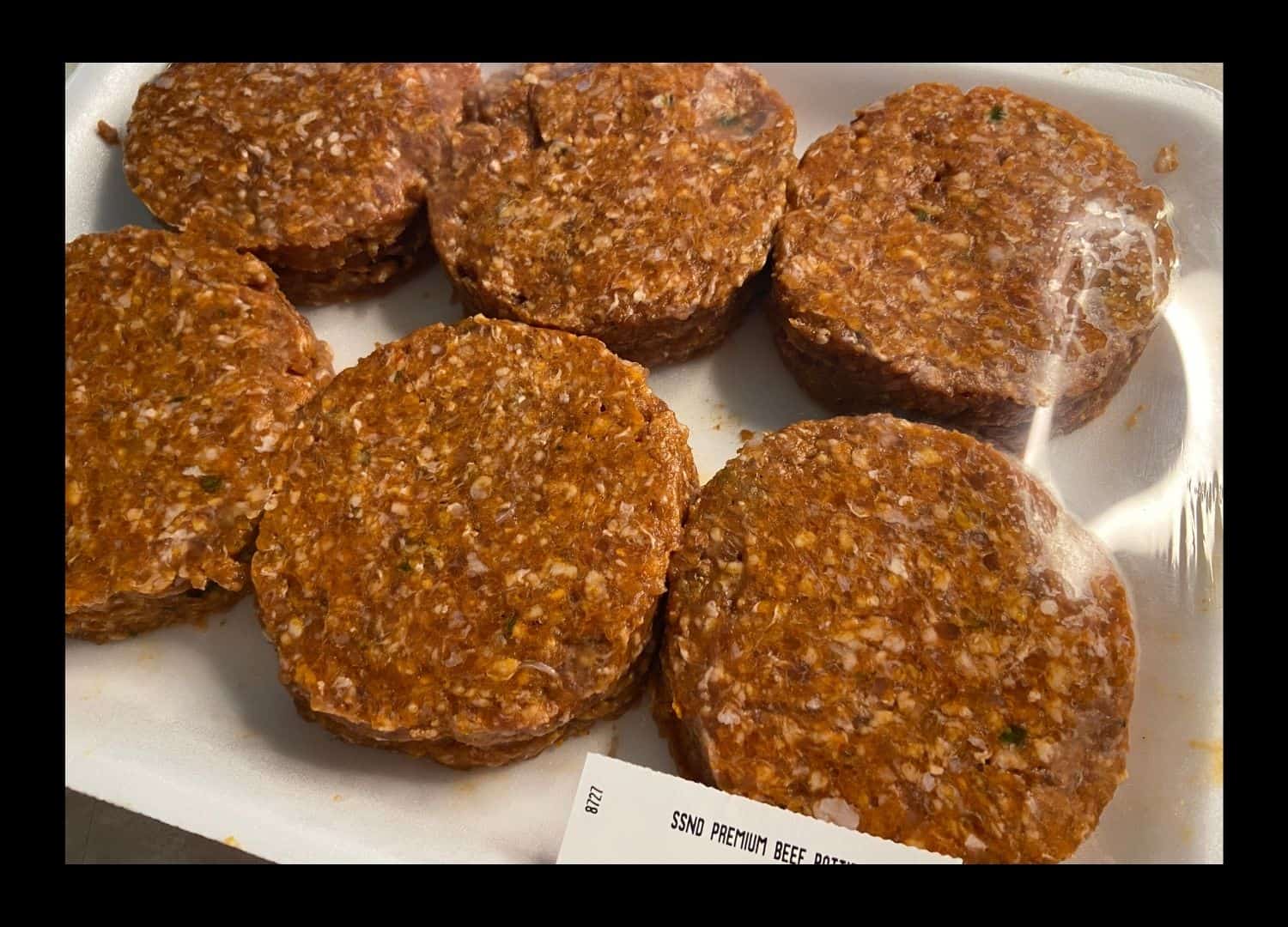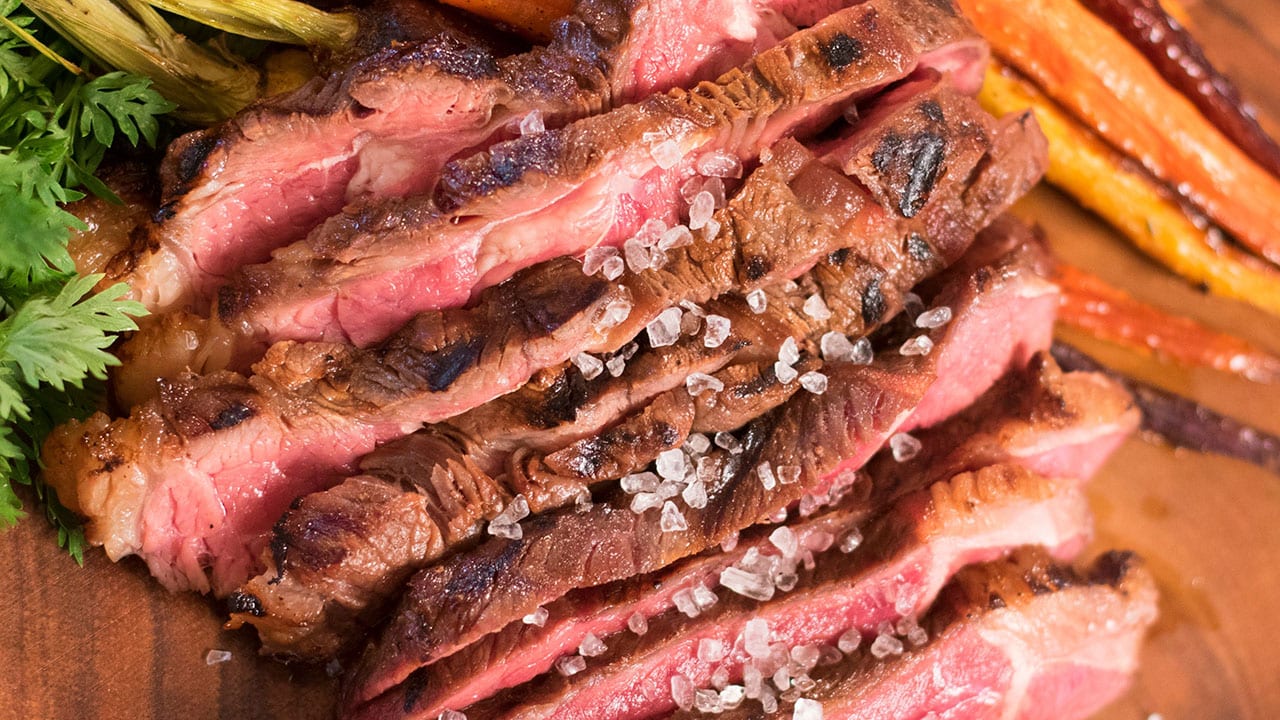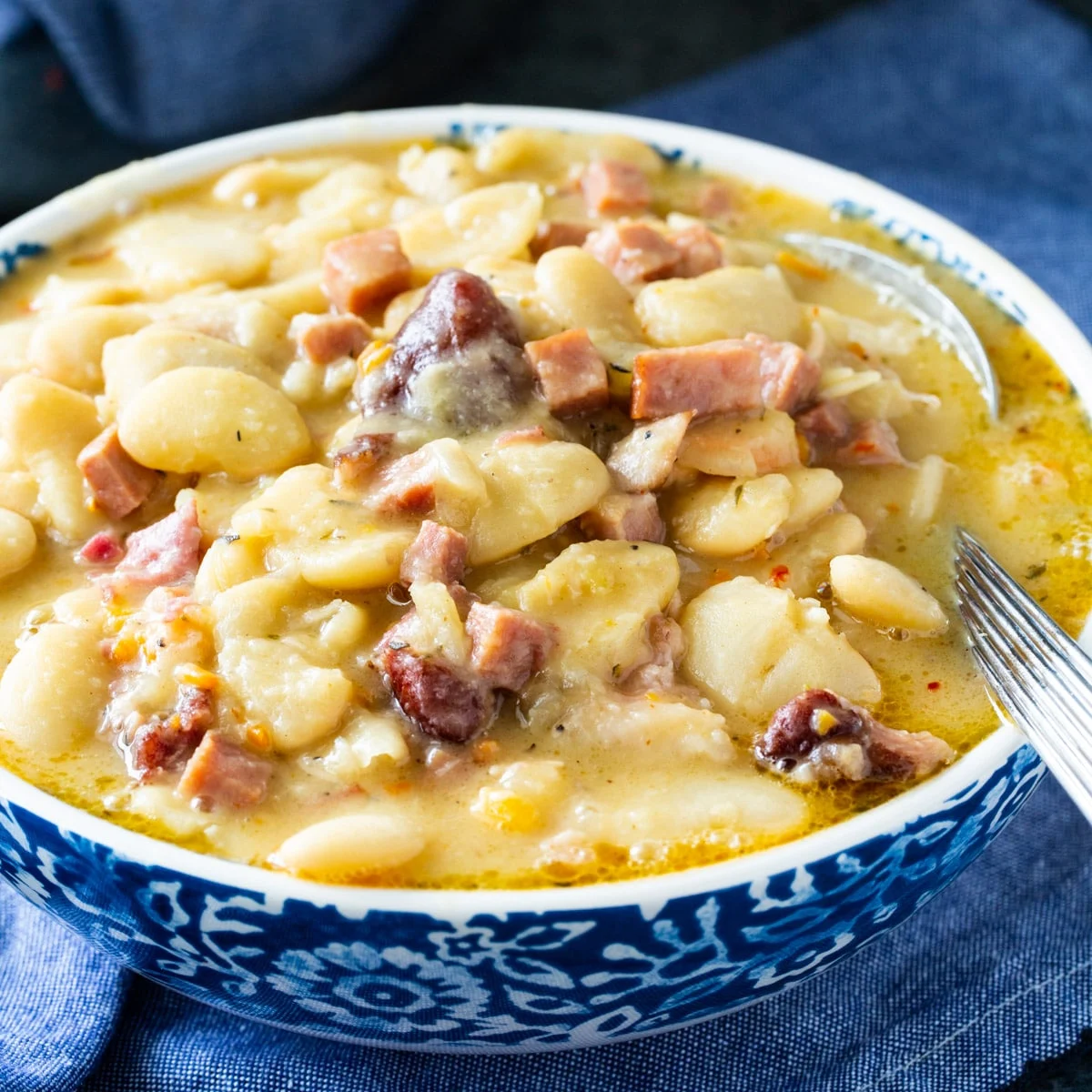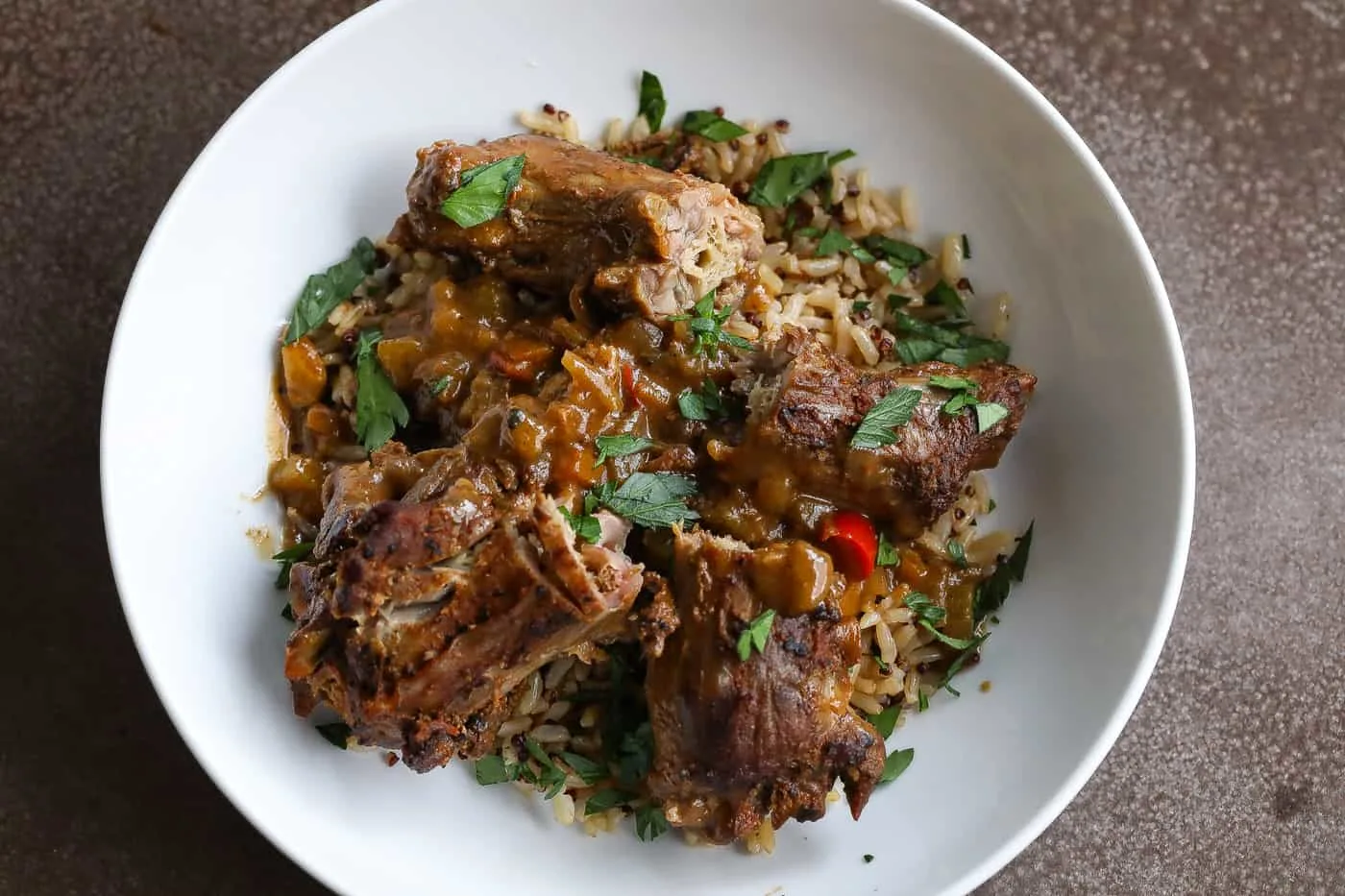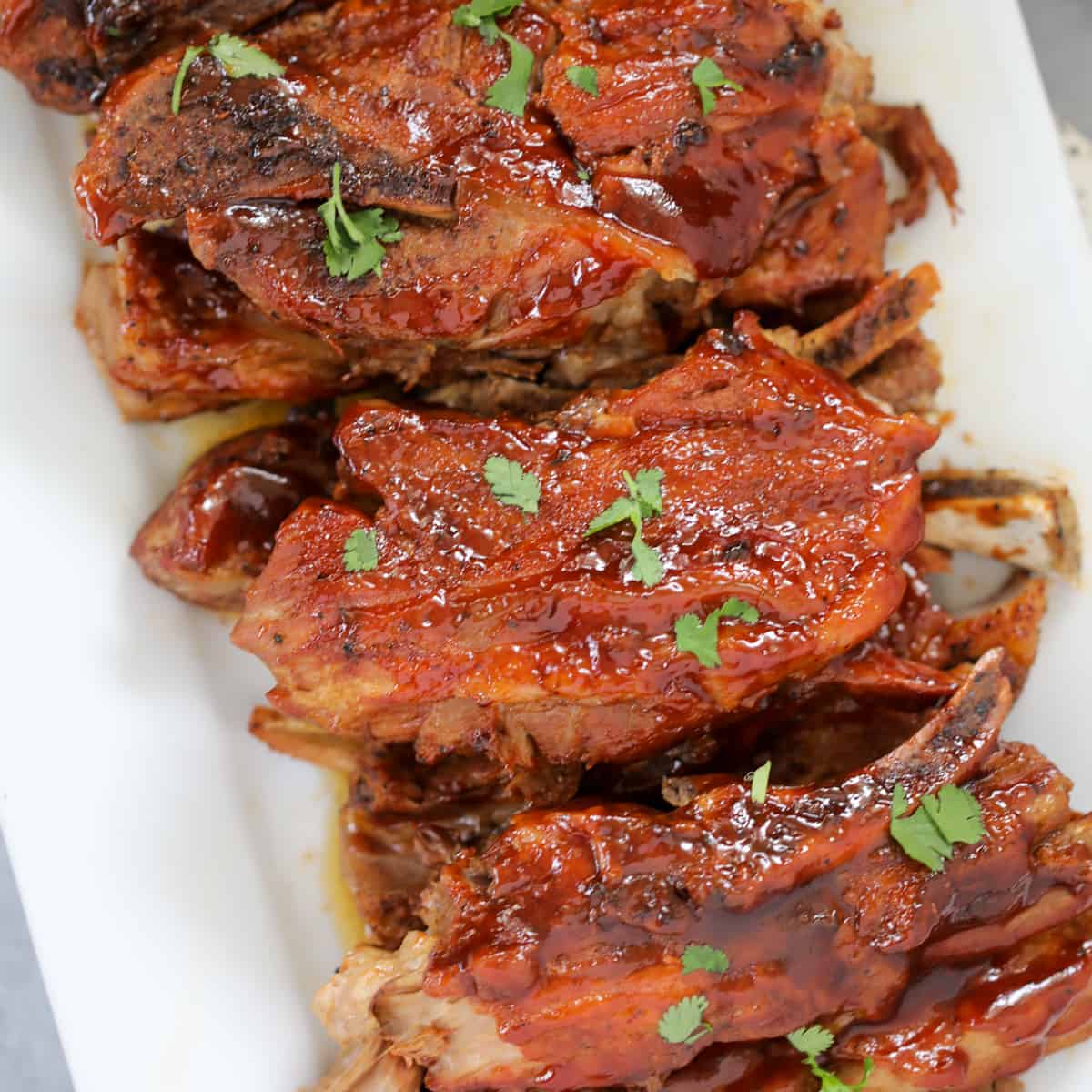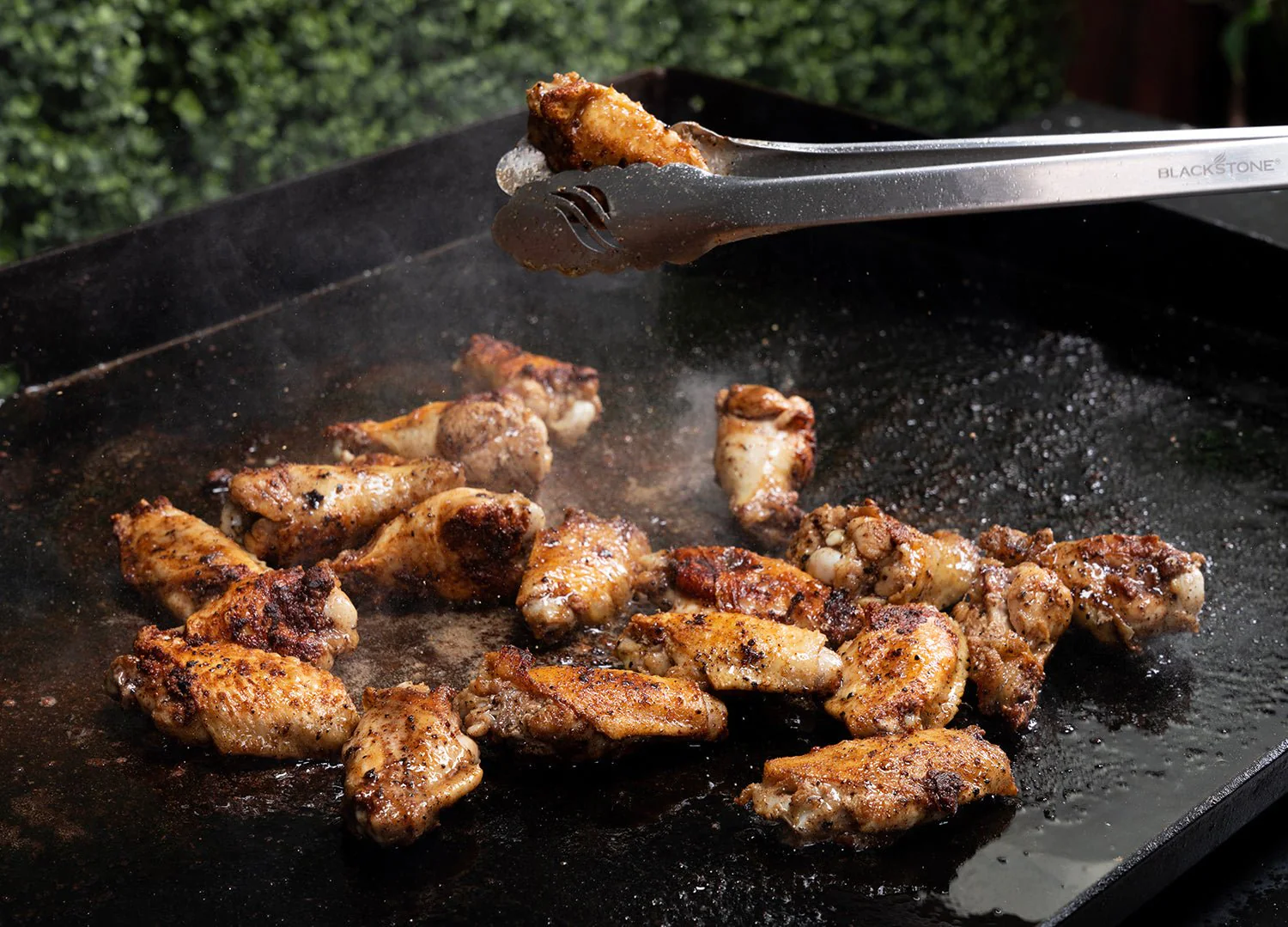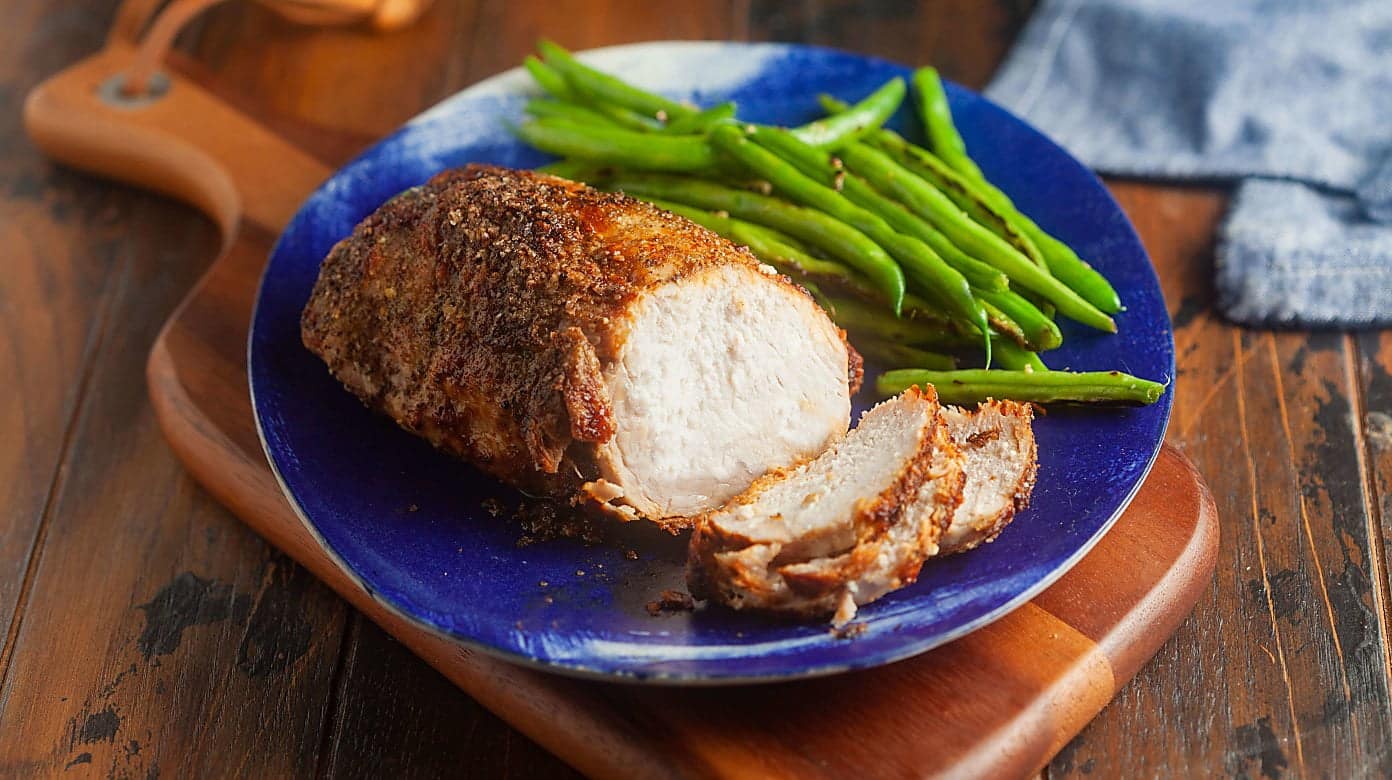Unlock the Secrets of a Perfectly Cooked Dry Aged Beef Roasting Joint
For meat lovers, there’s nothing quite like the rich, intense flavors of a perfectly cooked dry aged beef roasting joint. The process of dry aging allows the beef to develop incredible tenderness and a unique complexity of taste. If you’ve been fortunate enough to get your hands on this culinary gem, it’s time to learn the art of cooking it to perfection. Follow our guide and elevate your next meal to a whole new level.
Choose the Right Cut
When cooking a dry aged beef roasting joint, it’s crucial to start with the right cut of meat. The most popular choices include ribeye, sirloin, or tenderloin. Opt for a well-marbled piece with a thick layer of fat, as this will contribute to the juiciness and flavor of your final dish.
Prepare and Season
Before cooking your dry aged beef roasting joint, take some time to prepare and season it properly. Follow these steps:
- Remove the joint from the packaging and let it come to room temperature for about an hour, allowing for more even cooking.
- Pat the beef dry with kitchen paper to remove any excess moisture.
- Season the joint generously with a mixture of kosher salt, freshly ground black pepper, and any additional herbs or spices of your choice. The flavors will penetrate the meat during the cooking process, enhancing its taste.
Master the Cooking Method
Now it’s time to get cooking! Here’s a step-by-step process to ensure a mouthwatering result:
- Preheat your oven to 250°F (120°C).
- Place the seasoned dry aged beef roasting joint on a wire rack set inside a roasting pan. This allows for even air circulation, preventing the meat from becoming soggy.
- Cook the joint in the oven for about 20 minutes per pound (450g). This slow and gentle cooking method will help keep the meat tender and juicy.
- Use a meat thermometer to check the internal temperature. For medium-rare, aim for around 130°F (55°C), while 140°F (60°C) will give you a medium doneness. Remember, the meat will continue to cook as it rests, so take it out of the oven a couple of degrees before your desired doneness.
- Once the desired temperature is reached, remove the roasting joint from the oven and let it rest for about 15-20 minutes, loosely covered with foil. This resting period allows the juices to redistribute throughout the meat, resulting in a more flavorful and tender roast.
Serve and Enjoy
After patiently waiting, it’s time to carve and devour your delicious dry aged beef roasting joint. Slice the meat against the grain, aiming for even pieces of your desired thickness. Serve it alongside your favorite side dishes, such as roasted vegetables or creamy mashed potatoes, and savor every mouthful of this gastronomic delight.
Remember, cooking a dry aged beef roasting joint is a labor of love that requires attention to detail and precision. But once you take that first bite of the tender, flavorful meat, you’ll know that all the effort was worth it. So go ahead and impress your family and friends with your newfound skills in the kitchen!
For those looking to master the art of cooking dry aged beef roasting joints, there are several mouth-watering recipes to try. The Dry Aged Ribeye Roast with Garlic and Rosemary offers a savory and aromatic experience that highlights the depth of flavor in dry aged beef. If you're in the mood for something classic, the Classic Dry Aged Prime Rib Roast is a timeless choice that's sure to impress. For a more sophisticated twist, the Dry Aged Beef Tenderloin with Red Wine Reduction is perfect for a special occasion, offering a rich and luxurious taste. Another standout is the Herb-Crusted Dry Aged Sirloin Roast, which combines the natural flavors of the beef with a fragrant herb crust. Finally, the Dry Aged Beef Roast with Chimichurri Sauce provides a zesty and vibrant accompaniment that elevates the dish to new heights. Each of these recipes brings out the unique qualities of dry aged beef, making them well worth trying.
Was this page helpful?
Read Next: How To Cook Pot Stickers Without Sticking
